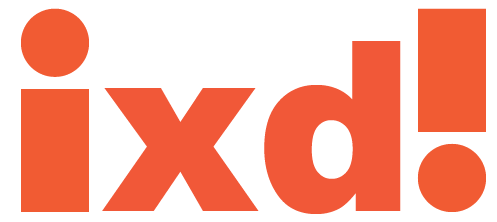This page is the starting point to explore “concept cards,” which are physical cards that summarize findings from research papers and highlight the essential details. Each card contains a QR code that links to a companion page on this site that contains additional information and materials such as videos, additional URLs, and related materials.
The Urban Interventions class of 2014 is creating the first batch of the cards based on the papers covered in the course. Each group will be creating the cards as they see fit, the aim is to let the students determine the structure of the cards as appropriate for each paper.
The cards can then be freely used by the students in preparation for their exams, but additional future work will include a system to challenge and quiz students through the interactions with the physical and virtual content.
Paper list:
Bassoli et al. (2007), Underground aesthetics: Rethinking urban computing, IEEE Pervasive Computing, pp 39-45.
Bek, L. (1997): Arkitektur som rum og ramme – en analysemodel. I Rum Analyser. Bek, L & Oxvig, H (Eds.) Forlaget B. (Uddrag: Fem rumskabende faktorer – fem analyseaspekter)
Borassi, G. (2008). City 2.0. In G. Borasi & M. Zardini (Eds.), Actions: What you can do with the city (pp. 20-25). Canadian Centre for Architecture, 20-25.
http://www.ixd.net/research/conceptcards/borasi-2008/
Delman, T. F., & Nielsen, R. (2009). The AELIA-model: – involving users in urban development. U-Drive:IT, Conference for User-Driven Innovation from ICT to other Fields, Ålborg, Denmark.
DiSalvo, C. (2009), Design and the Construction of Publics, Design Issues, 25, 1, pp 48-63.
Fauconnier, G. &Turner, M. (2002), The Way We Think: Conceptual Blending And The Mind’s Hidden Complexities, Basic Books, Uddrag, The Age of From and the Age of Imagination, pp. 3-15.
Fauconnier, G. &Turner, M. (2002), The Way We Think: Conceptual Blending And The Mind’s Hidden Complexities, Basic Books, Uddrag, The Tip of the Iceberg, pp. 17-38.
Florida, R. (2005): An introduction to the Creative Class. In Simon Franke & Evert Verhagen (eds.) Creativity and the City. NAI Publishers: 20-40.
http://www.ixd.net/research/conceptcards/florida-2005
Gaver, W.; Beaver, J. & Benford, S. (2003): Ambiguity as a Resource for Design, CHI ’03 Proceedings of the SIGCHI conference on Human factors in computing systems
Holmes, Brian (2007) Do It Yourself Geopolotics. In URBAN/ACT, A handbook for alternative practic e edite d by ateli er d’archi tecture autogérée, pp. 300-306.
Institute for Applied Autonomy (2008): Tactical Cartographies. In L. Mogel & A. Bhagat (eds.): An Atlas of Radical Cartography. Canada: Journal of Aesthetics & Protest Press, pp. 29-38.
Landry, C. (2005): Lineages of the Creative City. In Simon Franke & Evert Verhagen (eds.) Creativity and the City. NAI Publishers: 42-54.
http://www.ixd.net/research/conceptcards/landry-2005
Low, S. (1996): The Anthropology of Cities: Imaging and Theorizing the City. Annual Review of Anthropology, Vol. 25, pp. 383-409.
Markussen, T. (2011), The Disruptive Aesthetics of Design Activism: Enacting Design between Art and Politics. Nordic Design Research Conference 2011, Helsinki, Finland.
Richardson, Joanne (2003): The Language of Tactical Media. http://subsol.c3.hu/subsol_2/contributors2/richardsontext2.html
Sengers, P. & Gaver, B. (2006) Staying Open to Interpretation: Engaging Multiple Meanings in Design and Evaluation, DIS 2006, June 26–28, 2006, University Park, Pennsylvania, USA.
Zardini, M. (2008): A New Urban Take Over. In G. Borasi & M. Zardini (Eds.), Actions: What you can do do with the city (pp. 20-25). Canadian Centre for Architecture, 12-17.
